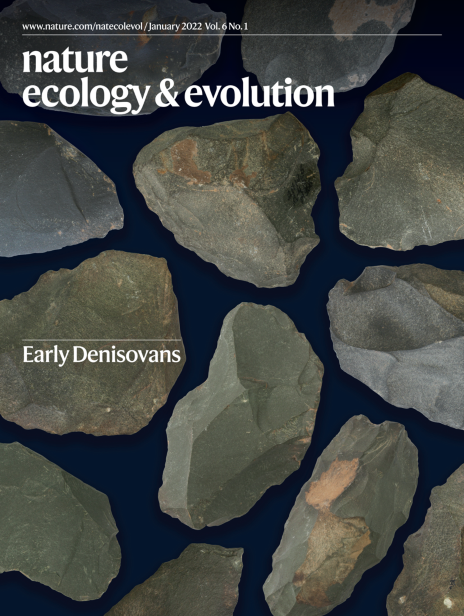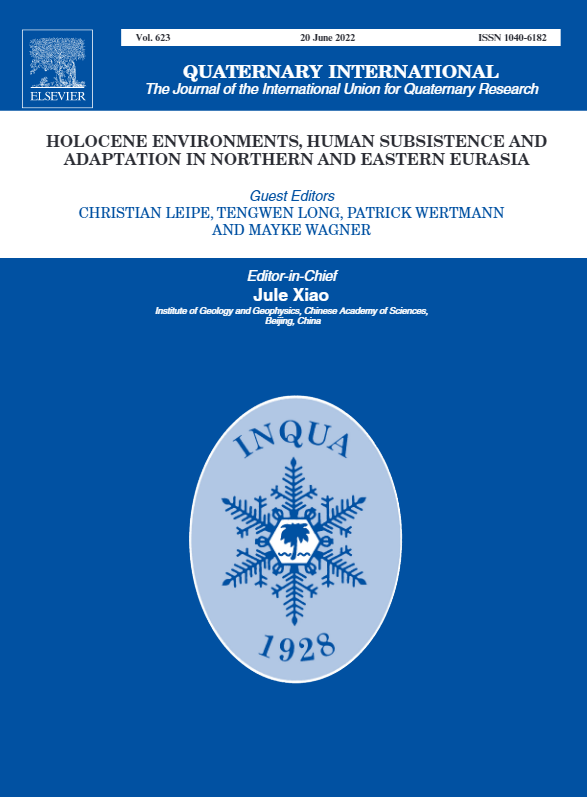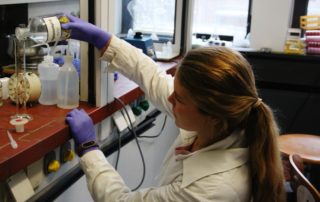Nature Ecology & Evolution January 2022
Radiocarbon dating from Yuzhniy Oleniy Ostrov cemetery reveals complex human responses to socio-ecological stress during the 8.2 ka cooling event
Schulting RJ, Mannermaa K, Tarasov PE, Higham T, Bronk Ramsey C, Khartanovich V, Moiseyev V, Gerasimov D, O’Shea J, Weber A
Yuzhniy Oleniy Ostrov in Karelia, northwest Russia, is one of the largest Early Holocene cemeteries in northern Eurasia, with 177 burials recovered in excavations in the 1930s; originally, more than 400 graves may have been present. A new radiocarbon dating programme, taking into account a correction for freshwater reservoir effects, suggests that the main use of the cemetery spanned only some 100–300 years, centring on ca. 8250 to 8000 cal BP. This coincides remarkably closely with the 8.2 ka cooling event, [...]








